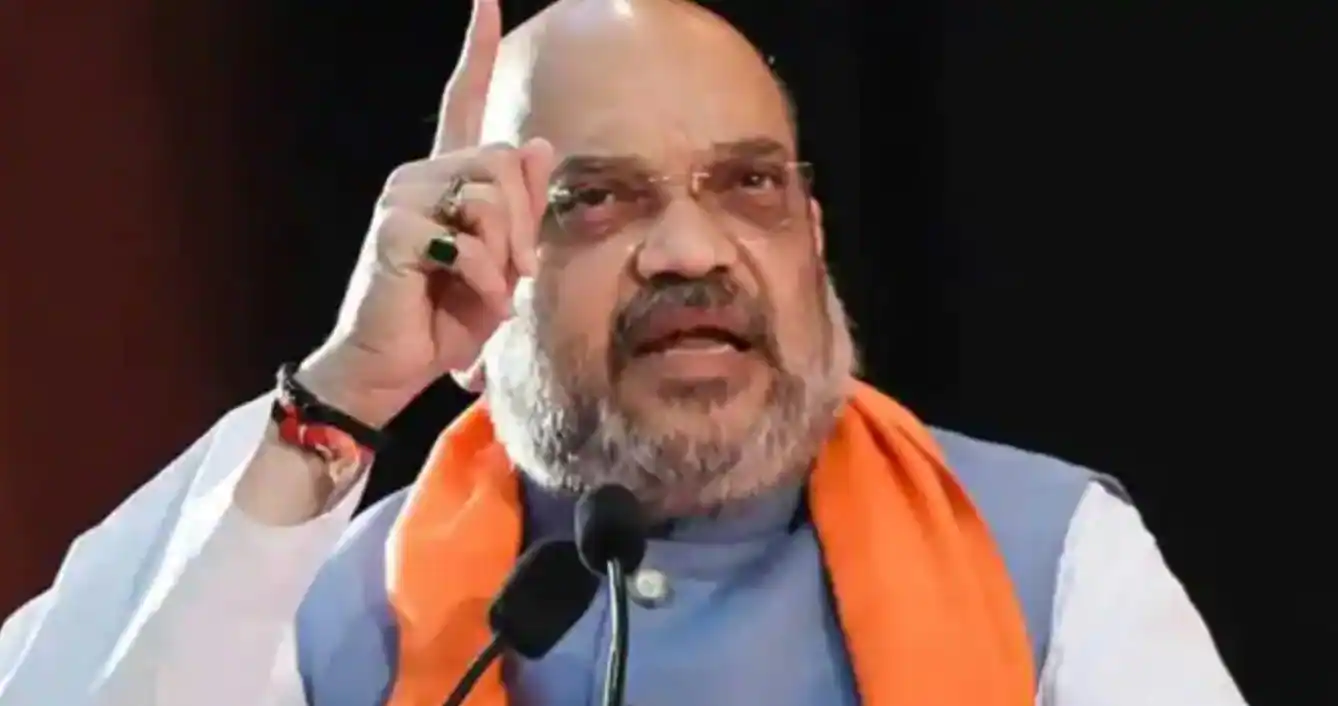The share of non-banks in the commercial credit has more than doubled to 44 per cent while that of foreign banks’ rose to 22 per cent in FY21, taking the total non-bank credit flow to two-thirds of the total, the report highlighted.
Domestic banks’ share in the overall commercial credit has plunged to a low of 34 per cent in FY2021 from 56 per cent in FY2011 partly due to the pandemic and more because companies are moving away from banks for funds, says a report.
The share of non-banks in the commercial credit has more than doubled to 44 per cent while that of foreign banks’ rose to 22 per cent in FY21, taking the total non-bank credit flow to two-thirds of the total, the report highlighted.
Flow from domestic non-bank sources accounted for 44 per cent of total credit to the commercial sector in FY21, more than doubling from FY11, the report by BofA Global Research stated.
The report includes FDI, bank credit and IPO investments as part of foreign credit to the industry, which rose to 22 per cent of the total flow in FY21- which again doubled from FY11. The brokerage sees the same improving in FY22 even as net FDI inflow tapers.
The report further clarifies that non-bank credit to the commercial sector includes disbursements by NBFCs and housing finance companies, LIC’s net investment in corporate debt etc, CPs, public & rights issues and private placements by non-financial entities and credit lines offered by NHB, Nabard etc.
Of the total non-bank source-based credit to the commercial sector in FY21, 38 per cent was on account of gross private placement by non-financial entities and 22 per cent was channelled via NBFCs. Commercial papers and corporate debt till January 2022 stood at Rs 6.9 lakh crore, up from Rs 8.4 lakh crore in the same period in FY21.
Similarly, 22 per cent of total credit to the commercial sector was channelled via foreign sources which include ECBs/FCCBs, short-term credit from abroad, FDI and ADR/GDR issues excluding banks and financial institutions, in FY21, when FDI alone touched a record Rs 4 lakh crore. But so far this fiscal, FDI inflows have been slow.
According to BofA analysts led by Aashta Gudwani, non-financial firms have been significantly lowering their reliance on bank credit to meet their funding needs for some time now leading to this massive decline and as a result non-bank domestic (like NBFCs and IPO) and foreign (FDI) sources have risen in prominence.
While bank credit flow tapered amidst the pandemic in FY21, non-bank credit stepped up sharply, so much so that even as bank-credit flow fell by 1.7 per cent over FY20, there was an 18 per cent increase in non-bank credit, resulting in a 10.4 per cent growth in total flow of resources to the commercial sector, she says.
Outstanding non-food credit growth moderated from an already low 6.1 per cent in March 2020 to 5.5 per cent in March 2021 as the pandemic shock hit the economy.
But with recovery underway, it has improved to 8 per cent as of February 2022. The flow of bank non-food credit fell by 3.4 per cent in FY21 but is up 17 per cent until February in FY22. On an annualised basis, total fund flow has grown 6 per cent so far this fiscal over FY21.
Bank credit so far has thus fared much better piggy riding the priority sector lending which rose to the highest at 59 per cent of the total flow in the first three quarters of FY22, followed by personal loans (including home loans that grew 31 per cent.
However, only 14 per cent of bank credit flow was directed to industry, while bank credit to agri accounted for 18 per cent on the back of the ELCG scheme. This trend was also visible in FY21, when 44 per cent of incremental bank credit was disbursed to the priority sector and only 6 per cent went to industry.
The report also corrects the popular notion of credit disbursement being interchangeably used as bank credit (non-food bank credit in particular), saying the trend was true only until 2017, since then bank credit in total commercial credit has been declining. Primarily after the RBI’s asset quality review and NBFCs quickly filled the gap. But this couldn’t last long after IL&FS went belly up and then DHFL too went bankrupt in 2018.
Sector-wise outstanding bank credit deployment too shows industry credit growing at a slow pace of 7.6 per cent in December 2021. The credit to services sector also grew by a low 10.8 per cent but personal loan growth and farm credit growth were encouraging at 14.3 per cent and 14.5 per cent respectively.















